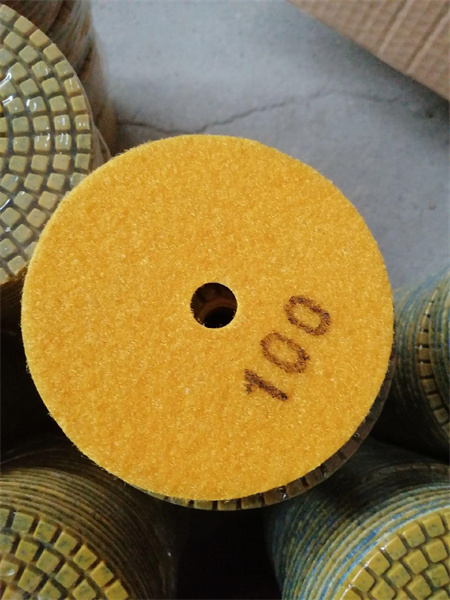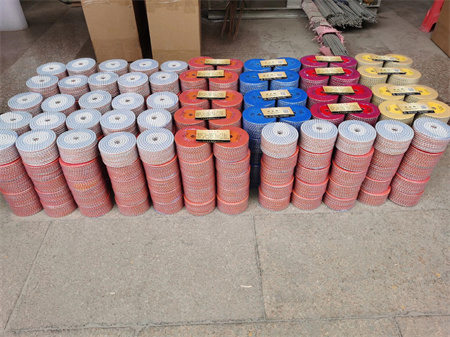The Growing Demand for Diamond Polishing Pads in Architecture
In recent years, the architecture and construction industries have experienced a significant transformation in terms of both materials and techniques. Among the innovations that have emerged, the use of diamond polishing pads has taken center stage. These specialized tools, initially common in the stone and flooring industries, are now becoming indispensable in architecture, offering enhanced precision, durability, and a superior finish. As the demand for higher-quality, aesthetically appealing designs continues to rise, the role of diamond polishing pads in shaping the future of architecture has never been more crucial.
Architects and builders are constantly on the lookout for ways to bring beauty and functionality together in their projects. The emphasis on using natural stone, marble, granite, and other hard surfaces has grown in recent years, as these materials are not only durable but also convey a sense of luxury and timelessness. However, the challenge lies in how these materials are finished and polished to enhance their natural appeal. This is where diamond polishing pads come into play.
Diamond polishing pads are made with synthetic diamonds embedded in a durable, flexible backing. These diamonds, known for their hardness, are able to cut through even the hardest materials, such as granite and concrete, with ease. They are used to smooth out rough surfaces, eliminate imperfections, and provide a mirror-like, glossy finish. The precision with which these pads can work makes them ideal for architects who demand the highest quality of craftsmanship for their projects.
One of the key factors driving the increasing use of diamond polishing pads in architecture is the growing desire for high-end finishes. Today’s architects and interior designers often look for materials that can not only withstand the test of time but also make a bold statement. Whether it’s in the form of a glossy marble countertop in a luxury kitchen, a smooth concrete wall in a modern living space, or a polished stone floor in a high-end commercial building, the demand for flawless finishes is at an all-time high.
This trend is particularly evident in the residential and commercial sectors, where the demand for luxury materials and finishes has surged. Homeowners and business owners alike are willing to invest more in their spaces, and polished stone surfaces have become synonymous with sophistication. In fact, the more aesthetically pleasing the surface, the greater the perceived value of the building itself. Diamond polishing pads provide the ideal solution for architects striving to meet these high expectations, enabling them to achieve flawless results every time.

Moreover, as technology advances, so too do the capabilities of diamond polishing pads. The latest pads offer greater efficiency, faster results, and more versatility across a wide range of materials. Modern diamond pads come in various grit sizes, allowing architects to choose the appropriate level of abrasiveness for the specific finish they desire. Whether they are working on rough, untreated surfaces or need to achieve a high-gloss, polished effect, these pads can be tailored to meet a wide range of needs.
In addition to their effectiveness in creating stunning finishes, diamond polishing pads also offer remarkable cost-efficiency. Although they may require a higher initial investment than traditional polishing tools, they last longer and require less maintenance, which can save builders and architects significant amounts of time and money in the long run. Furthermore, the time saved in achieving high-quality finishes without the need for additional steps in the polishing process makes these pads a highly attractive option for professionals in the field.

